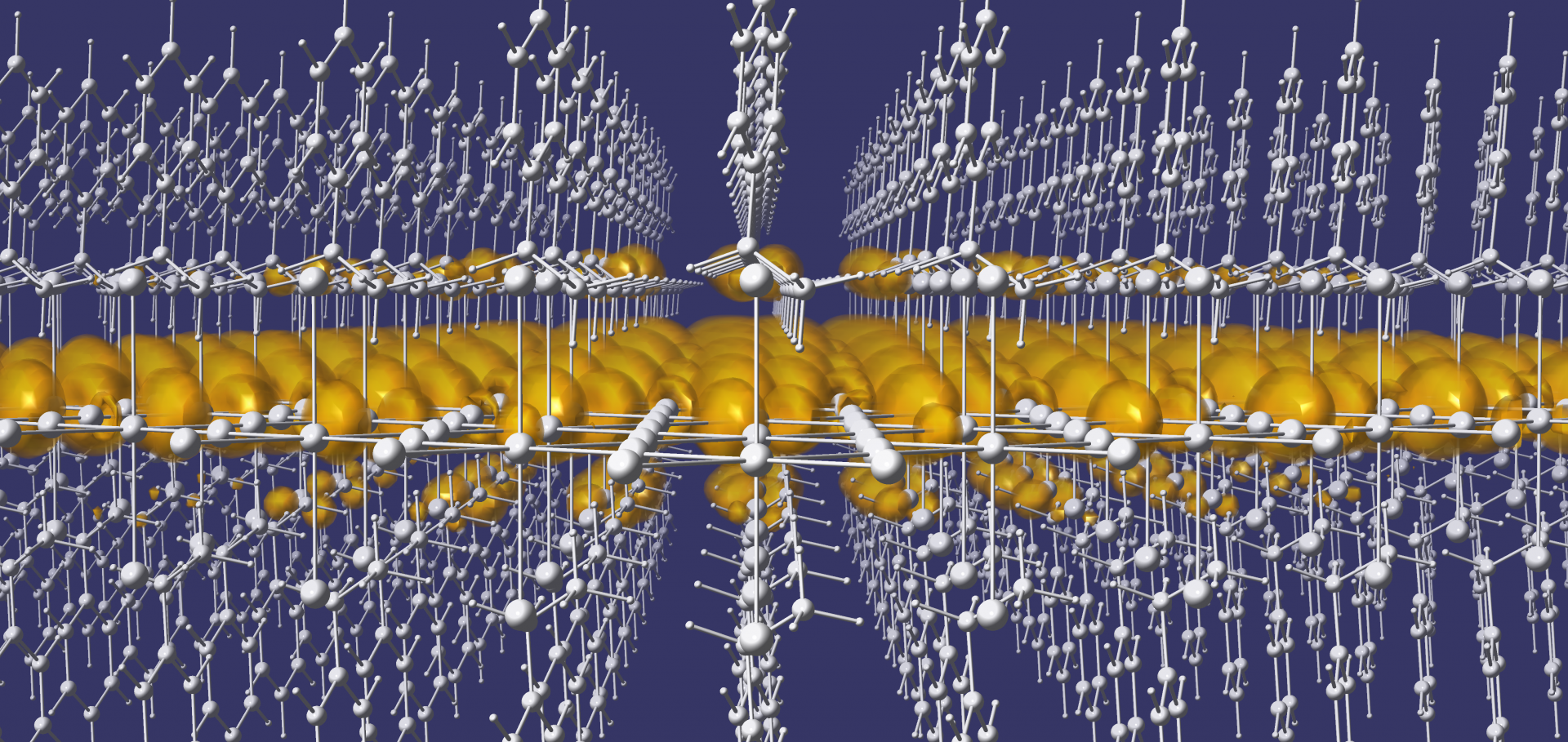Understanding the Impact of Dimensional Reduction on the Optoelectronic Properties of Ag/Bi-based Double Perovskites from First Principles
Screening of excitons by organic cations in quasi-two-dimensional organic–inorganic lead-halide perovskites
Abstract:
Interlayer organic cations in quasi-two-dimensional halide perovskites are a versatile tuning vehicle for the optoelectronic properties of these complex systems, but chemical intuition for this design route is yet to be established. Here, we use density functional theory, the GW approximation, and the Bethe-Salpeter equation approach to understand the contribution of the organic cation to the quasiparticle band gap and exciton binding energy of layered perovskites. We show that organic cations in quasi-two-dimensional perovskites contribute significantly to the dielectric screening in these systems, countering quantum confinement effects on the quasiparticle band gap and the exciton binding energy. Using a simple electrostatics model inspired by parallel-plate capacitors, we decouple the organic cation and inorganic layer contributions to the effective dielectric constants and show that dielectric properties of layered perovskites are broadly tunable via the interlayer cation, providing a direct means of tuning photophysical properties for a variety of applications.Optimally tuned starting point for single-shot GW calculations of solids
Abstract:
The dependence of ab initio many-body perturbation theory within the GW approximation on the eigensystem used in calculating quasiparticle corrections limits this method's predictive power. Here, we investigate the accuracy of the recently developed Wannier-localized optimally tuned screened range-separated hybrid (WOT-SRSH) functional as a generalized Kohn-Sham starting point for single-shot GW (G0W0) calculations for a range of semiconductors and insulators. Comparison to calculations based on well-established functionals, namely, PBE, PBE0, and HSE, as well as to self-consistent GW schemes and to experiment, shows that band gaps computed via G0W0@WOT-SRSH have a level of precision and accuracy that is comparable to that of more advanced methods such as quasiparticle self-consistent GW and eigenvalue self-consistent GW. We also find that G0W0@WOT-SRSH improves the description of states deeper in the valence band manifold. Finally, we show that G0W0@WOT-SRSH significantly reduces the sensitivity of computed band gaps to ambiguities in the underlying WOT-SRSH tuning procedure.


